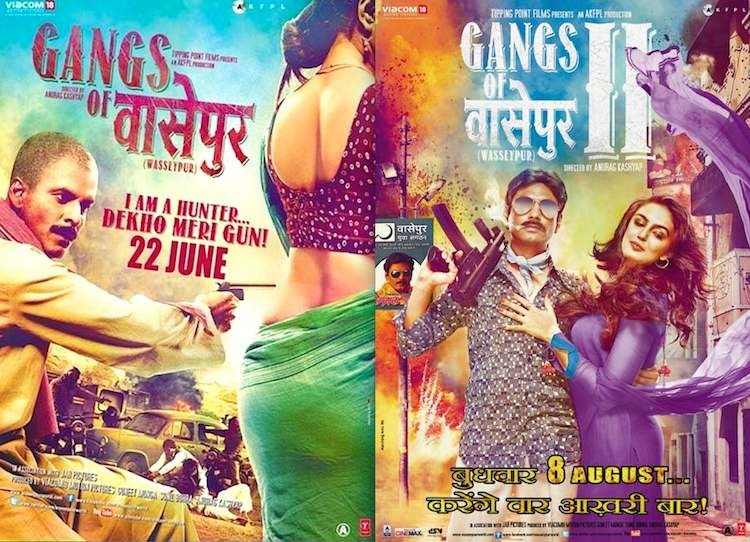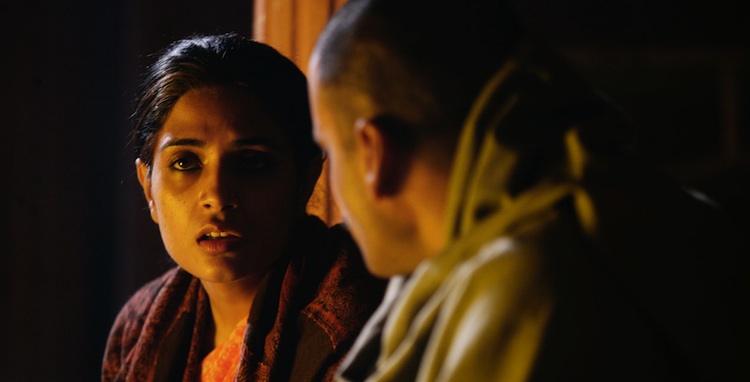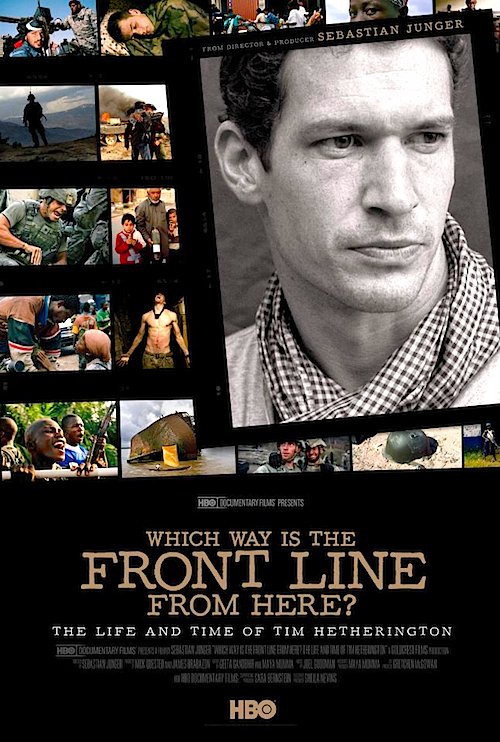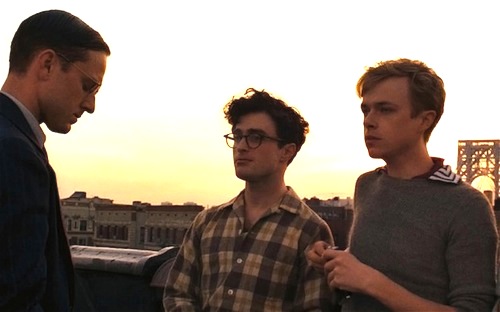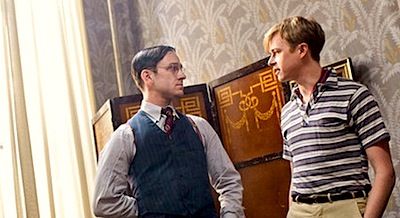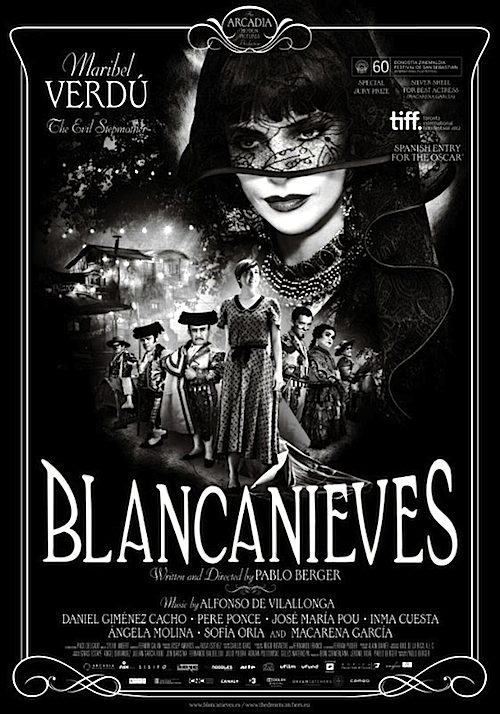By Joe Bendel. For three criminal clans in India’s coal country, life is defined by family and their vendettas. The two are not mutually exclusive in Anurag Kashyap’s epic Gangs of Wasseypur (trailer here), which screens in all its 320 minute glory at the 2013 Sundance Film Festival in Park City.
The family tradition began with Shahid Khan, who robbed British trains while masquerading as an infamous Muslim dacoit Sultana. Expelled by the real Sultana’s clan, Khan toils in the Dhanbad coalmines, working for the ruthless Ramadhir Singh. After independence, ownership of the mine is transferred to the super-connected Singh, who hires Khan as his chief muscle-man. Mindful of Khan’s ambitions to replace him, Singh arranges his murder, but the foreman’s young son, Sardar, is rescued by his father’s cousin.
As a boy, Sardar Khan swears vengeance against Singh. As a man, Khan the budding crime lord is in a position to take it. However, Singh is shrewd enough to call a temporary truce, while forging a secret alliance with the heir to his father’s old nemesis, Sultan Qureshi. Distracted by the demands of an increasingly complicated family, consisting of five sons from two wives (and no divorce), Khan effectively defers his vengeance to the next generation.
In part two, there is a changing of the guard within the Khan family. Leadership duties will fall upon Khan’s hashish-addicted second son, Faizal Khan. Nobody expects much from the spare heir, least of all his mother, but when he starts killing, his ferocity makes everyone sit up and take notice.
Frankly, Wasseypur is truly light years removed from Kashyap’s last film to find American distribution, The Girl with Yellow Boots. Spanning three generations and seven decades, it is a big film by any measure. Part one is a bit slow at times, because of all the grudges and betrayals it must establish. A dark brooder punctuated by moments of grandly operatic violence, the tone of the first half could be described as a provincial Indian Godfather.
However, the second part segues into Scarface territory, as Faizal Khan goes medieval on everyone standing in his way. In fact, Wasseypur steadily builds momentum throughout its daunting five and a half hours, culminating with two spectacular action sequences, including a hospital shootout that could hold its own with John Woo’s Hardboiled.
Adding further depth, Wasseypur offers some intriguing social context, such as the post-Raj cronyism and corruption Western audiences rarely see reflected on film. It is also fascinating to watch Singh use trade unions and his political office to build a criminal syndicate. Likewise, Wasseypur clearly attributes the Pashtun Khan organization’s local popularity to their willingness to stand up to the bullying Qureshi Muslim establishment. Although there are no traditionally splashy musical numbers in Wasseypur, Kashyap shrewdly uses era-specific Bollywood hits to help delineate the passage of years for Indian audiences.
Nawazuddin Siddiqui’s feral, drug-addled Faizal Khan is all kinds of unsettling. Many viewers will find themselves actively rooting against his protagonist during the second half. Still, that kind of strong reaction means he is doing something right. Reema Sen is also quite the domestic femme fatale as wife #2. Yet it is Tigmanshu Dhulia, better known as a screenwriter and director, who delivers the most nuanced supporting turn as Singh.
Wasseyrup would be impressive simply for its ambition, but Kashrup rises to the challenge, staging some distinctly stylish action sequences and cogently telling a richly intricate story, based on historical events in the region. It could even lay a claim to being the Great Indian Crime Story, encompassing multiple generations, ethnic groups, and religions in its nefarious dealings. Enthusiastically recommended for fans of high-end gangster films, Gangs of Wasseypur screens again tomorrow (1/24) in Park City and Saturday (1/26) in Salt Lake as part of this year’s Sundance Film Festival.
LFM GRADE: A- (B for Part I, A for Part II)
Posted on January 23rd, 2012 at 10:17am.
